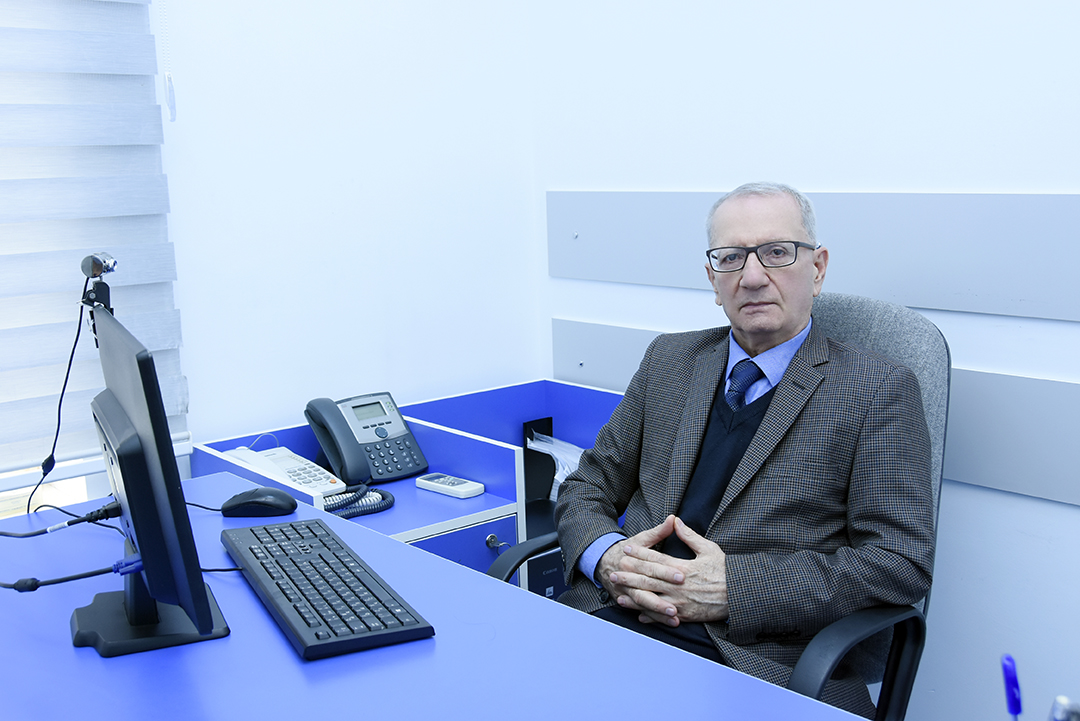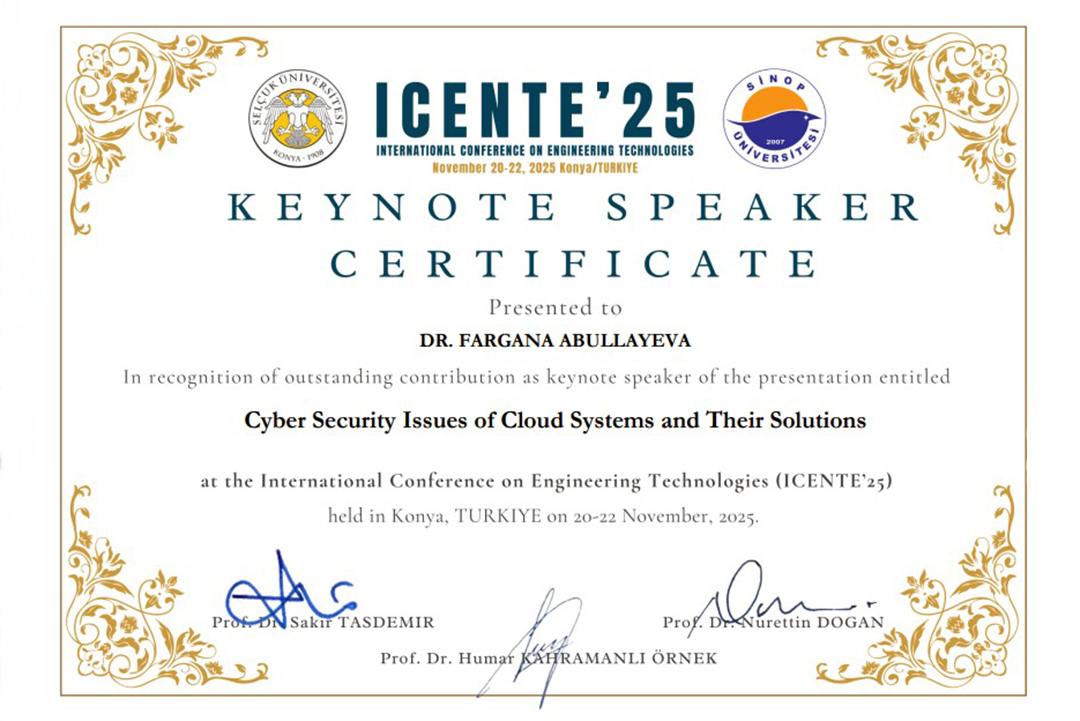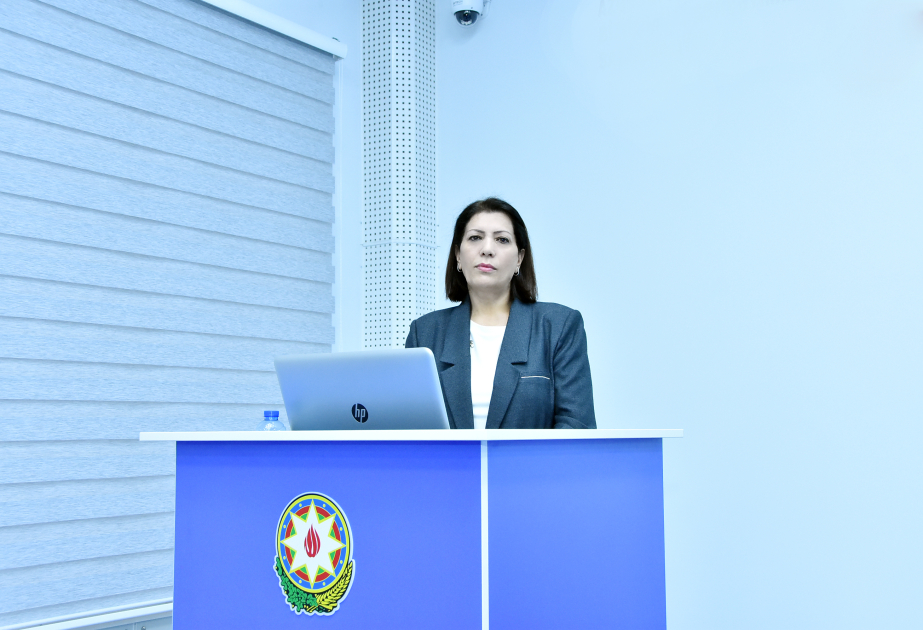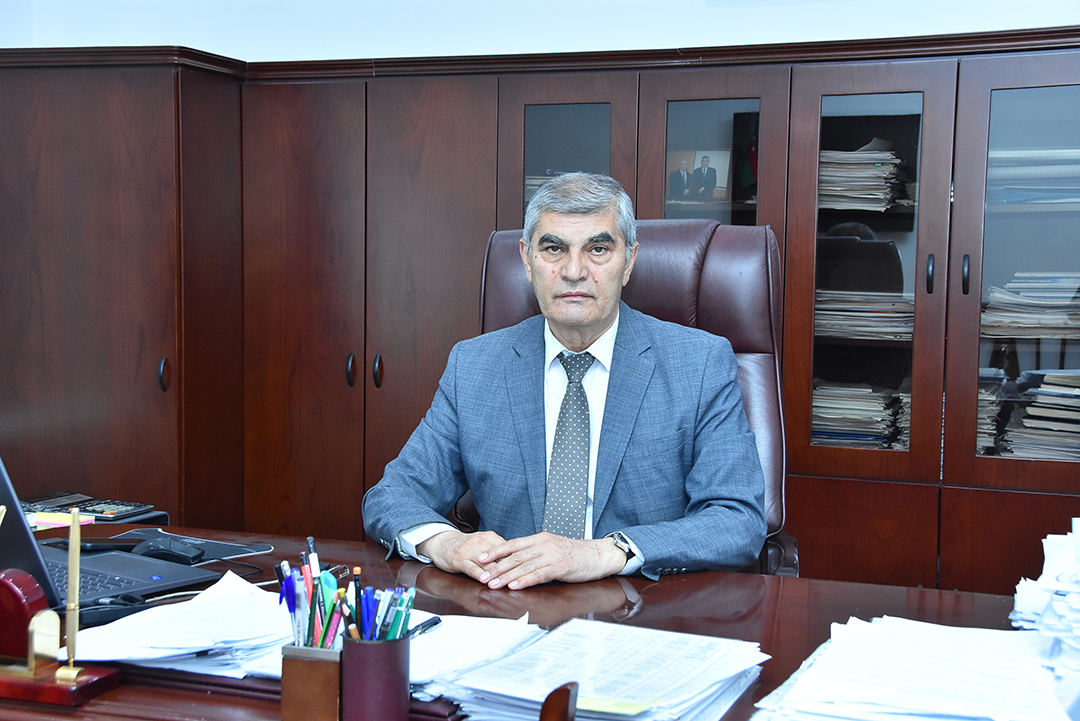NEWS
Hand gesture recognition algorithms in video streams analyzed comparatively
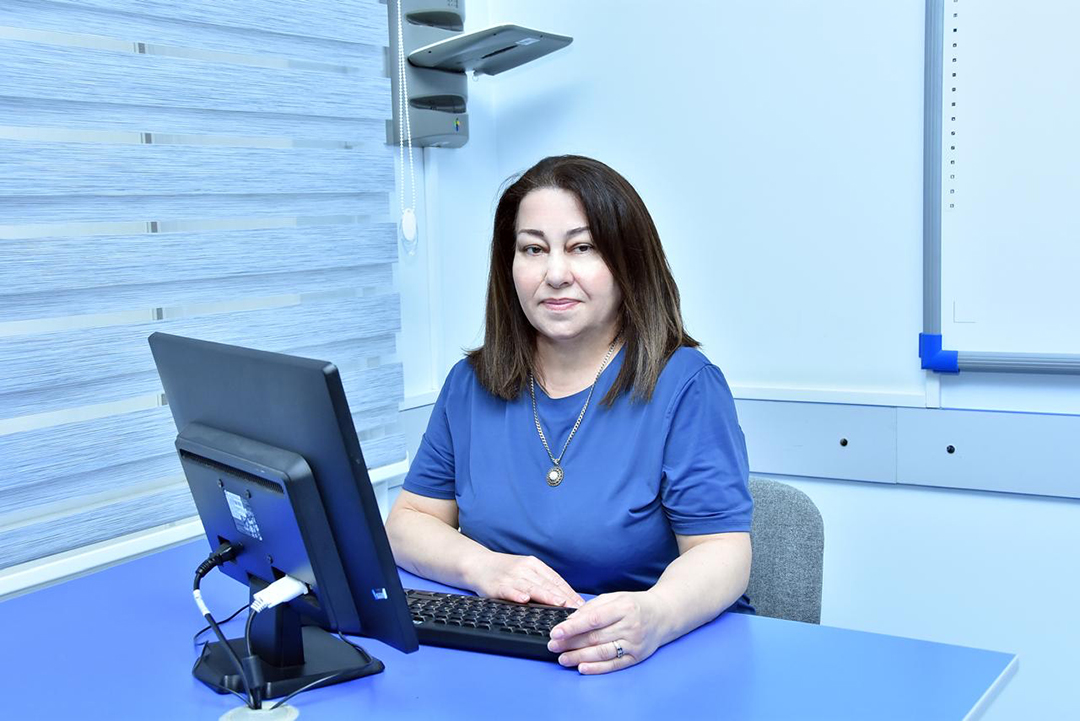
A seminar on "Assessment and comparative analysis of hand gesture recognition algorithms in video streams" was held at the Training-Innovation Center of the Institute of Information Technology under the Ministry of Science and Education.
Chief Specialist of the Institute Kamala Gurbanova delivered a presentation stating that computer vision systems and human-machine interaction are rapidly expanding due to the development of video data processing and artificial intelligence technologies. The speaker noted that one of the most promising areas in this field is hand gesture recognition technologies.
K. Gurbanova highlighted that learning methods based on image representation, skeleton models, and sensor signals are utilized for hand gesture recognition. She added that each approach studied is selected based on the nature of the initial data, the required level of accuracy, available resources, and application conditions.
Stating that "the correct model selection plays a decisive role in the success of the gesture recognition system," K. Gurbanova further noted that traditional algorithms such as Histogram of Oriented Gradients, Optical Flow, Skin Color Segmentation, and Contour-based Tracking, etc., are crucial for analyzing the shape, motion, and texture of gestures.
According to K. Gurbanova, the results of comparative analyses revealed that in some cases these methods do not ensure sufficient accuracy and reliability in complex visual conditions. For this reason, deep learning approaches, especially Convolutional Neural Networks (CNNs) and Recurrent Neural Networks (RNNs), offer higher robustness and accuracy.
The researcher stated that it is appropriate to implement hybrid models combining traditional and deep learning methods to create real-time gesture recognition systems.
Subsequently, discussions were held on the topic, and questions were answered.
© All rights reserved. Citing www.iсt.az is necessary when using news.

